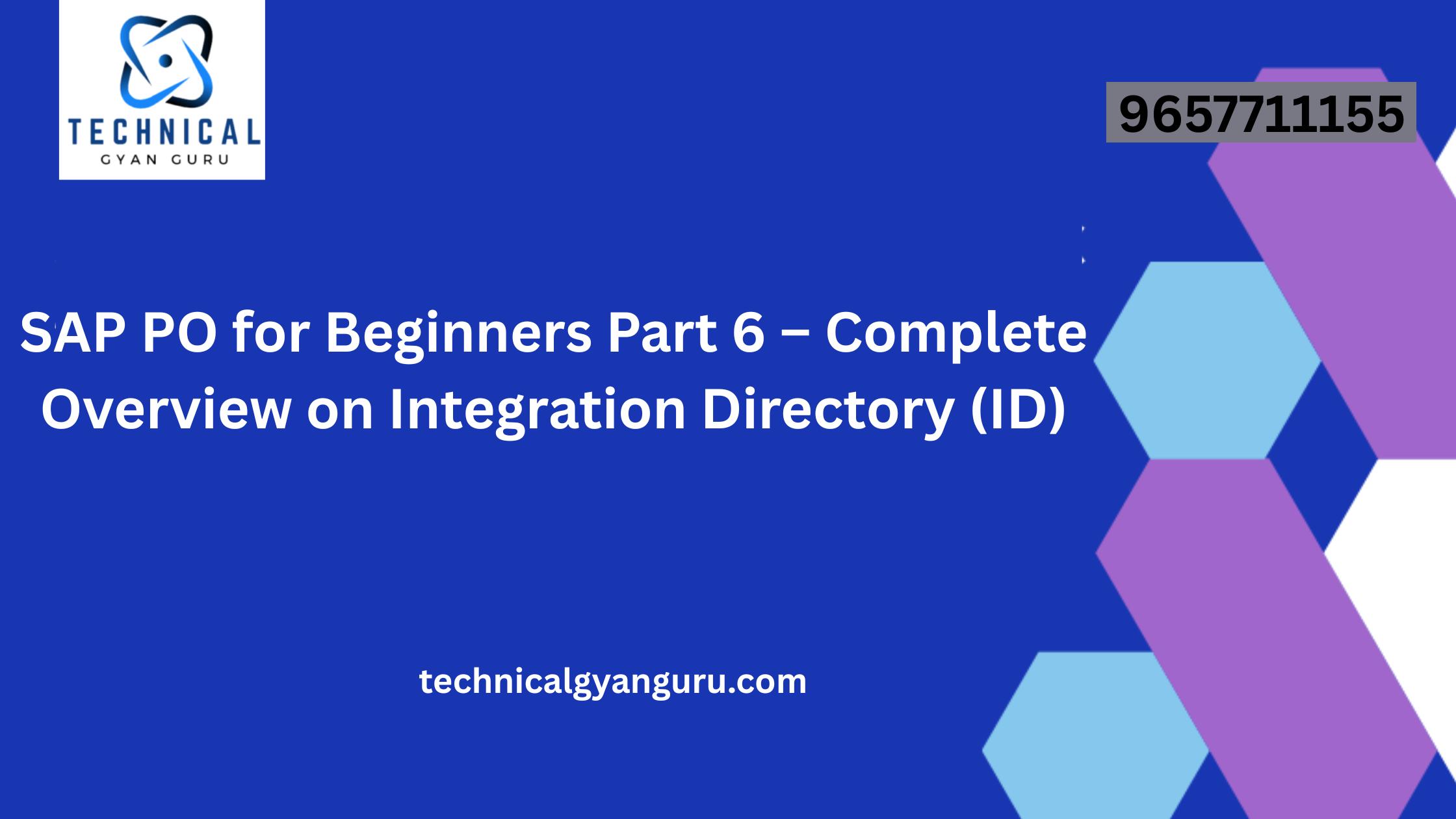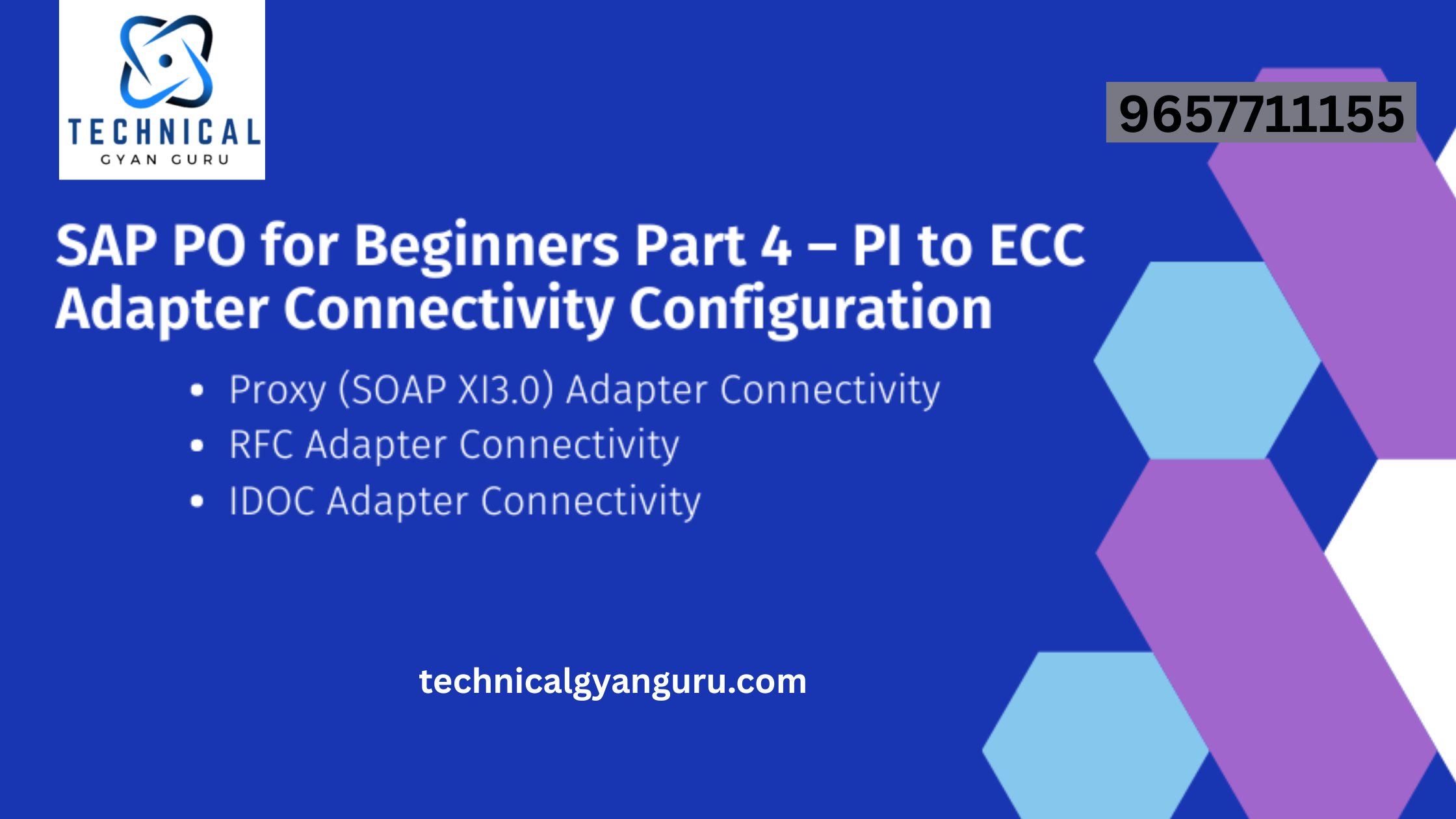Introduction: BDC and LSMW Tools
BDC and LSMW Tools: In the dynamic landscape of SAP (Systems, Applications, and Products in Data Processing), efficient data migration is a crucial aspect of system implementations, upgrades, or consolidations. Two prominent tools that play a pivotal role in this process are Batch Data Communication (BDC) and Legacy System Migration Workbench (LSMW). In this blog post, we will explore these tools, understanding their features, use cases, and how they contribute to seamless data migration within the SAP ecosystem.
Batch Data Communication (BDC):
1. Overview:
Batch Data Communication (BDC) is a classic SAP tool designed for the automated transfer of data from external systems to the SAP system. It enables the recording and execution of transactional data processes, making it an invaluable asset for data migration, especially when dealing with large volumes of data.
2. Key Features:
– Recording Transactions:
BDC allows users to record transactions directly within the SAP GUI. The tool captures the user interactions, creating a script that can be later executed for mass data uploads.
– Programmatic Approach:
Developers can also use a programmatic approach by writing ABAP (Advanced Business Application Programming) programs to perform data transfers. This provides flexibility and customization options for complex migration scenarios.
– Sequential Processing:
Data processing in BDC is generally sequential, meaning that records are processed one after the other. This ensures data integrity but may require additional considerations for performance optimization.
3. Use Cases:
– Master Data Upload:
BDC is commonly used for uploading master data, such as customer, vendor, and material master records, into SAP systems.
– Transaction Data Upload:
For mass uploading of transactional data, BDC proves to be efficient. Examples include sales orders, purchase orders, and journal entries.
– Legacy System Integration:
BDC is instrumental when migrating data from legacy systems to SAP, ensuring a smooth transition without manual data entry.
Legacy System Migration Workbench (LSMW):
1. Overview:
Legacy System Migration Workbench (LSMW) is a powerful and user-friendly tool provided by SAP for migrating data from legacy systems to SAP systems. It provides a structured approach to data migration and supports various methods for data transfer.
2. Key Features:
– Structured Data Upload:
LSMW uses a structured approach, guiding users through project, subproject, and object phases. This structure simplifies the process and ensures a systematic and organized data upload.
– Data Conversion and Mapping:
LSMW allows for data conversion and mapping between legacy and SAP systems. It provides robust features for handling data transformations and ensuring data accuracy during migration.
– Batch Input, Direct Input, and BAPI Methods:
LSMW supports various methods for data transfer, including Batch Input, Direct Input, and Business Application Programming Interface (BAPI). This flexibility accommodates different data migration requirements.
3. Use Cases:
– Master Data Migration:
LSMW is extensively used for migrating master data, such as material master, customer master, and vendor master records.
– Transactional Data Migration:
For transactional data migration, LSMW proves to be effective. It supports the migration of sales orders, purchase orders, and other transactional records.
– Data Consolidation:
When consolidating data from multiple sources or systems, LSMW provides a unified approach, ensuring data consistency in the SAP landscape.
Choosing the Right Tool:
– Considerations:
- For simple and one-time data migrations, BDC might be a quicker and more direct solution.
- LSMW is preferable for structured and repeatable data migrations, providing a comprehensive framework.
– Integration:
- Both BDC and LSMW can be integrated into SAP GUI, ensuring seamless user interactions and data transfers.
– Complexity:
- For complex data migration scenarios or ongoing data integrations, LSMW’s structured approach and support for various data transfer methods make it a preferred choice.
Conclusion:
In the realm of SAP, efficient data migration is critical for successful system implementations and upgrades. Batch Data Communication (BDC) and Legacy System Migration Workbench (LSMW) emerge as indispensable tools, each with its unique features and use cases. While BDC caters to quick and direct data uploads with a programmatic approach, LSMW provides a structured framework for systematic and repeatable data migrations. The choice between these tools depends on factors such as the complexity of the migration, the need for structured data uploads, and the nature of the data being migrated. By leveraging the capabilities of BDC and LSMW, organizations can ensure smooth and accurate data migration, laying the foundation for a robust and efficient SAP landscape.







